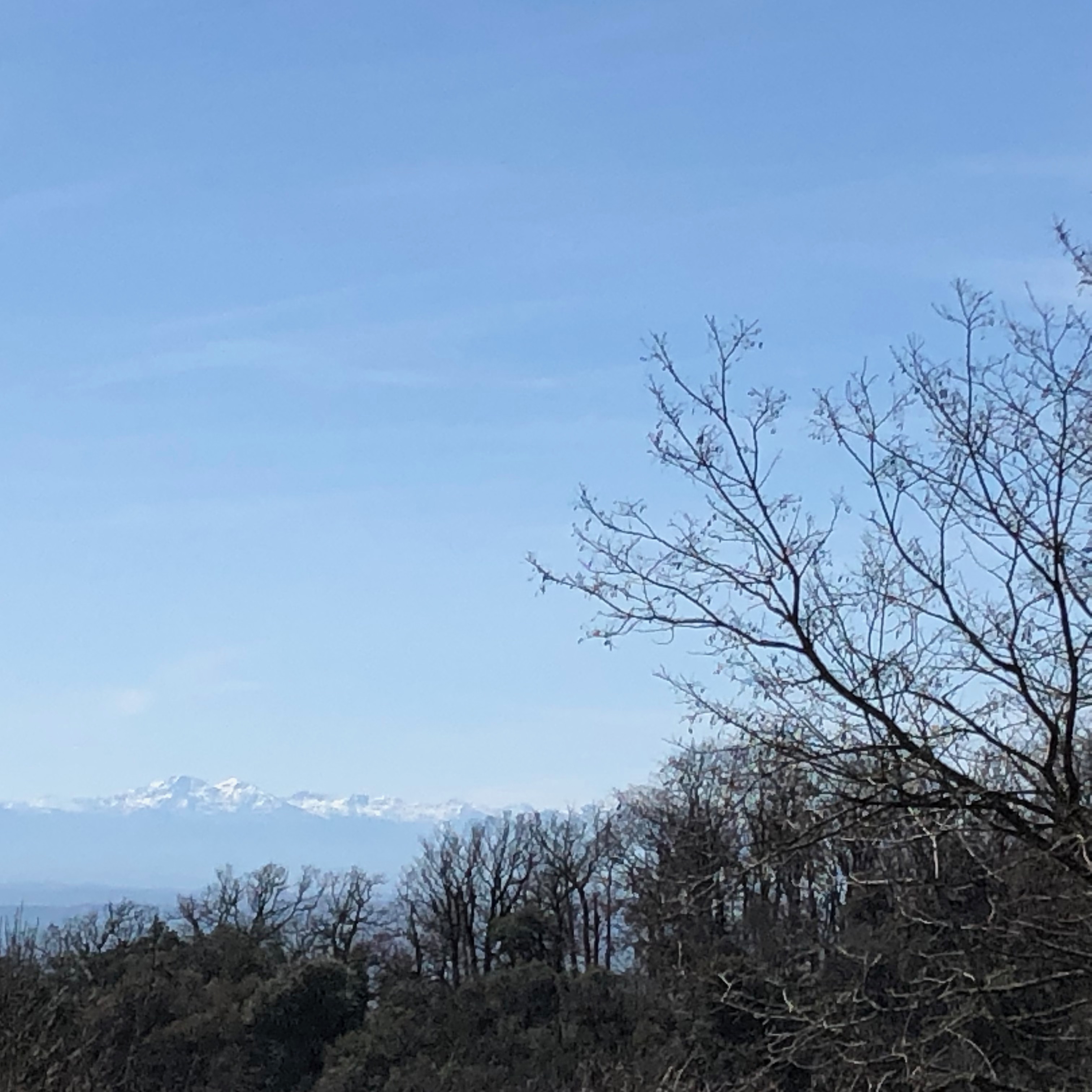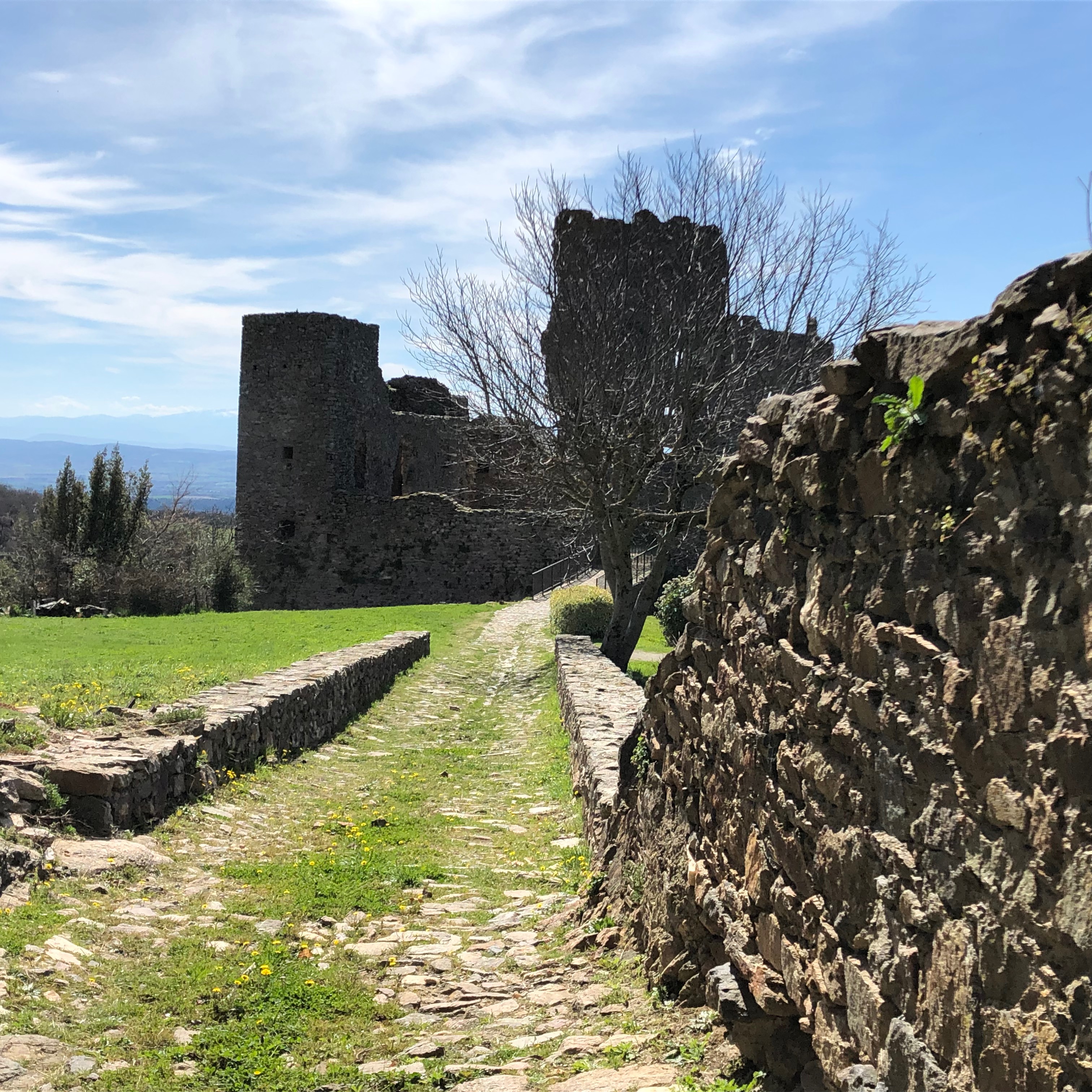
We are still in Southern France in the region of Carcassonne …
Saissac means – first of all – Le Château de Saissac resp. the medieval fortifications i. e. the ruins of it. (You may walk the site – unfortunately we went on a weekday when it was closed.)
The ruins are surrounded by a village as ancient as the site – and furthermore there are some sorts of more modern suburban areas (which we didn’t touch).
So, with the ruins closed … we walked the village … (more about steep and narrow alleyways later in this post).
However, now back to the ruins.
The fortification is set on the edge of some cliff with a narrow entrance path which is governed by the village. You may get an idea about about the steepness of the area where the village is sitting.
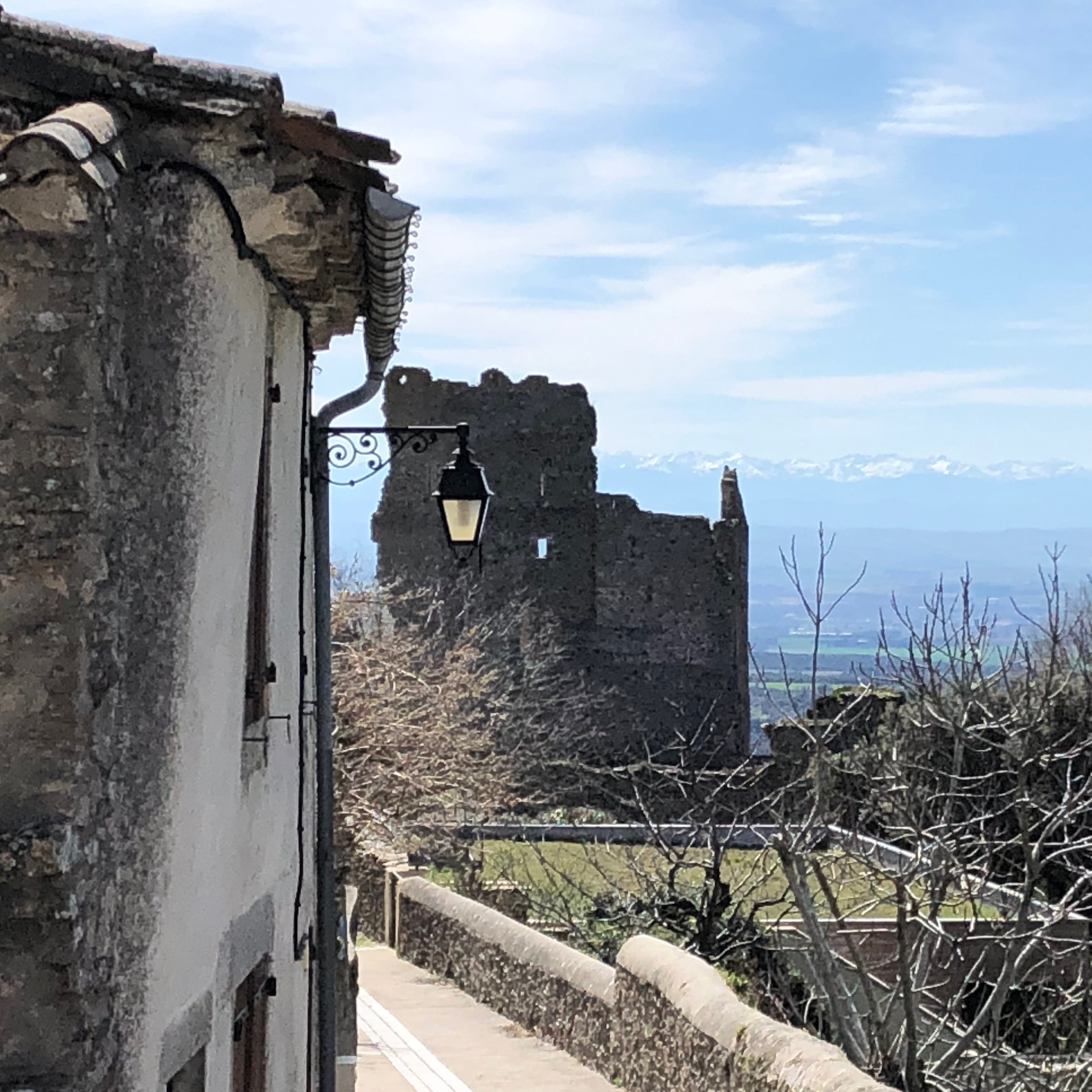
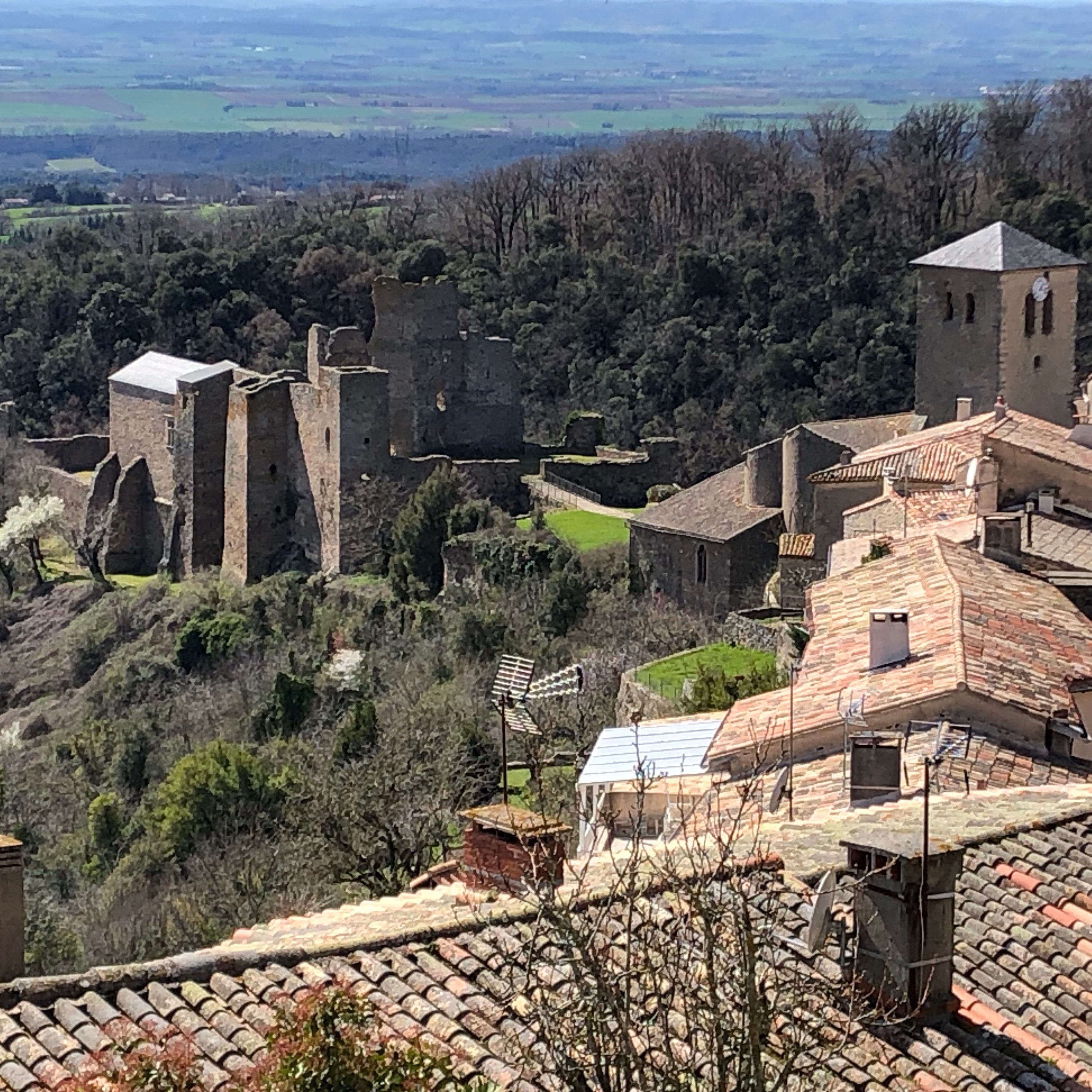
There are some more fortifications around the village: some towers remained … one of them housing a museum nowadays. Houses, doors and windows – and steep and narrow alleyways (sometimes even stairs) led you imagine how it was centuries ago. Today – as far as I could see – modernisations have been made … & I think inside the old dwelling there is modern life.
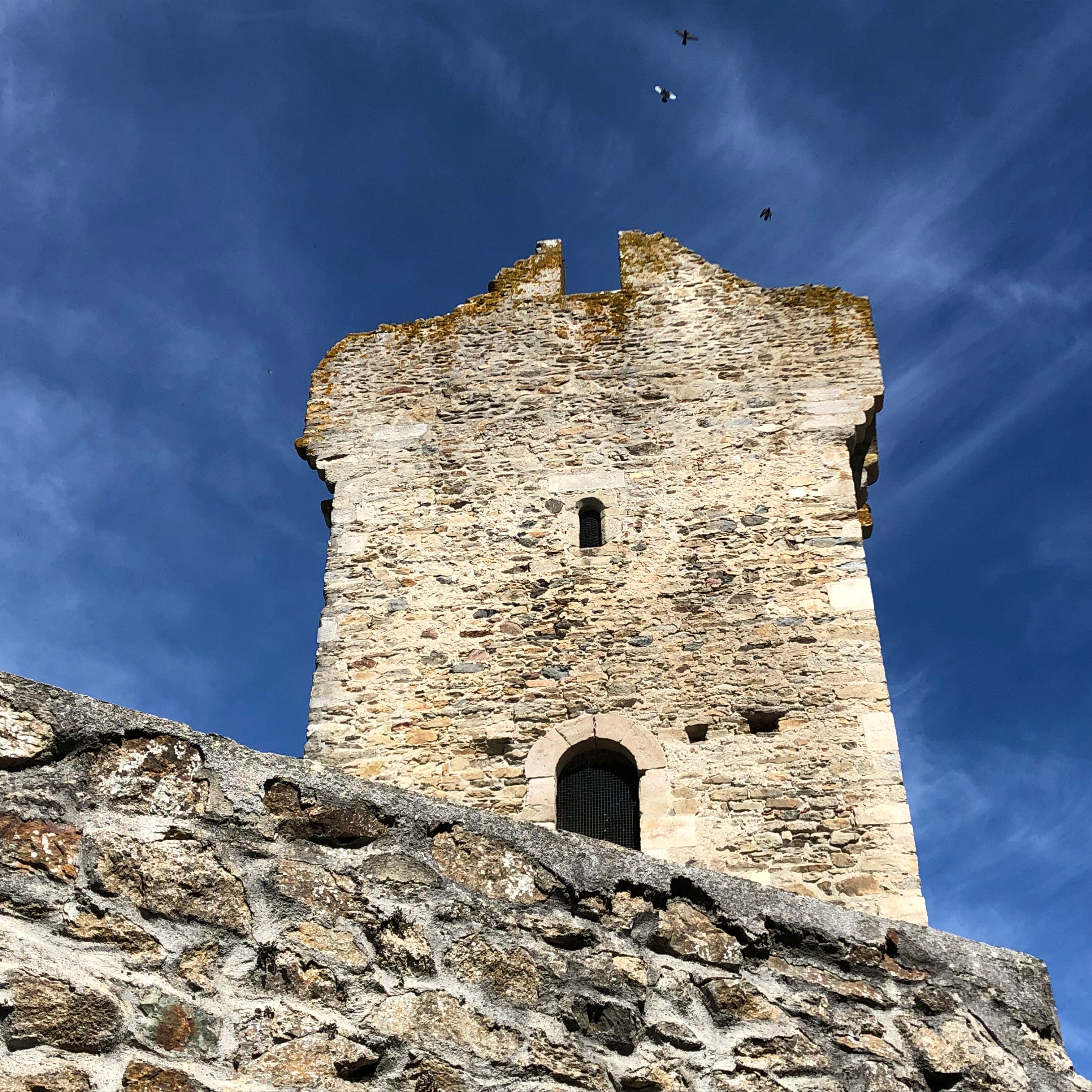
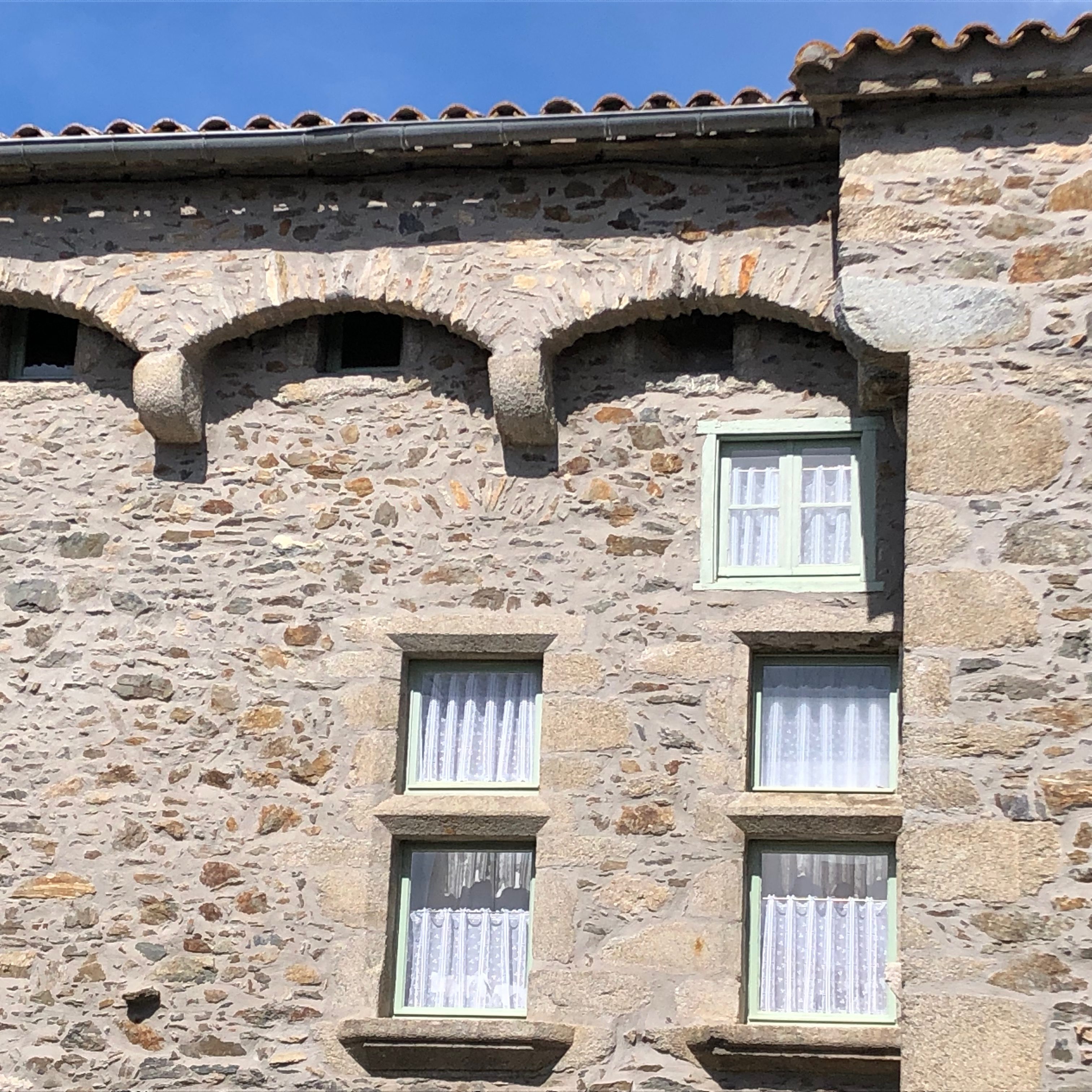
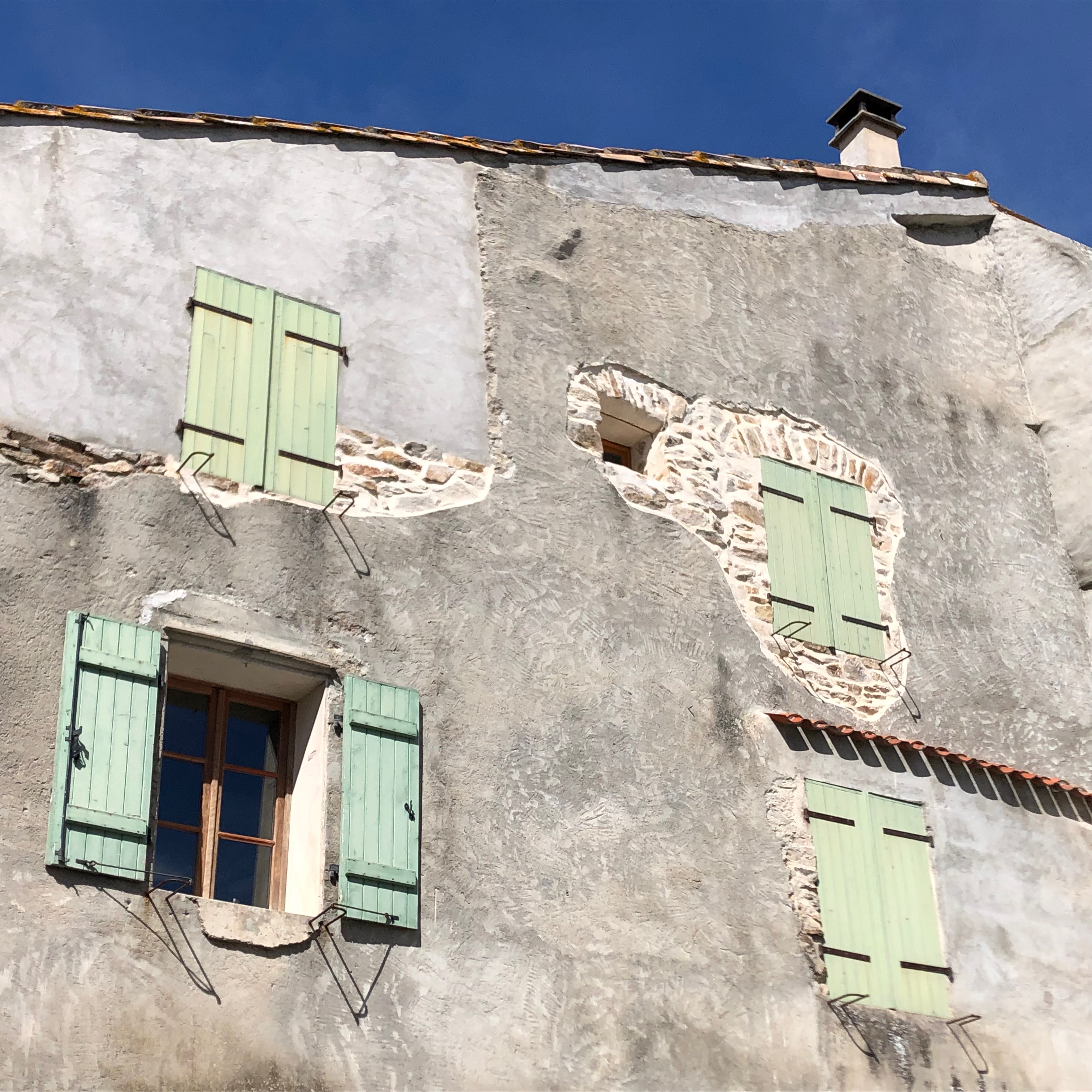
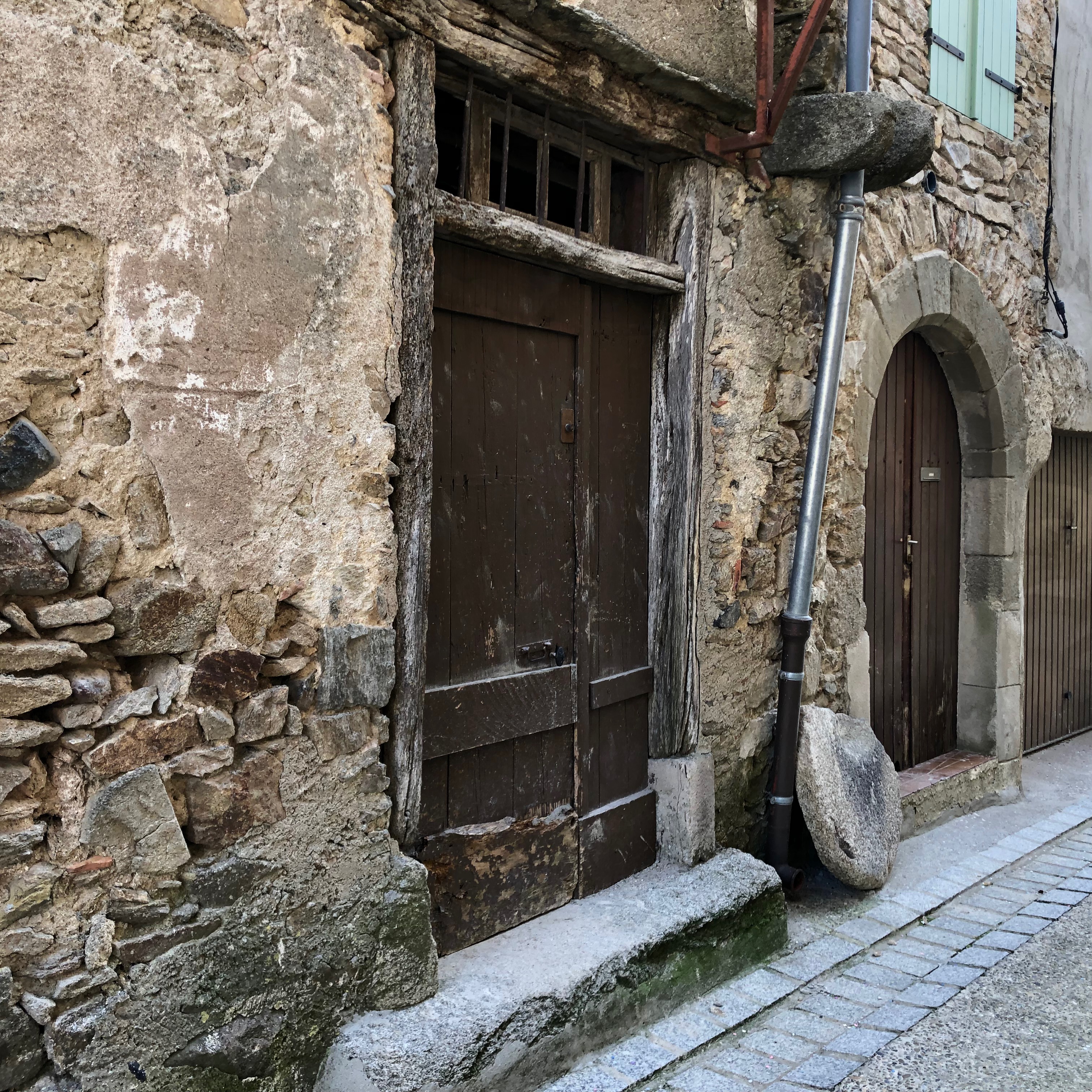
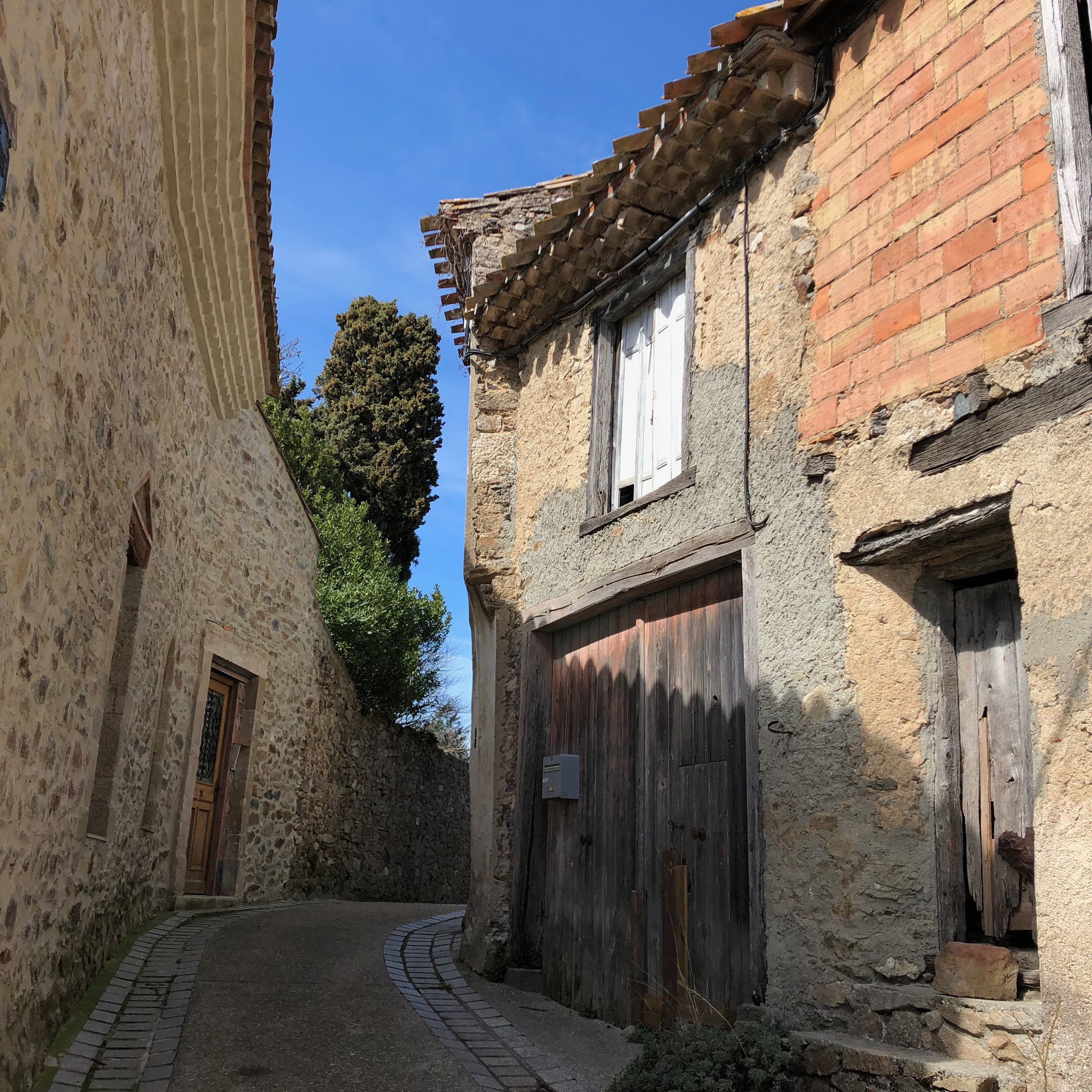
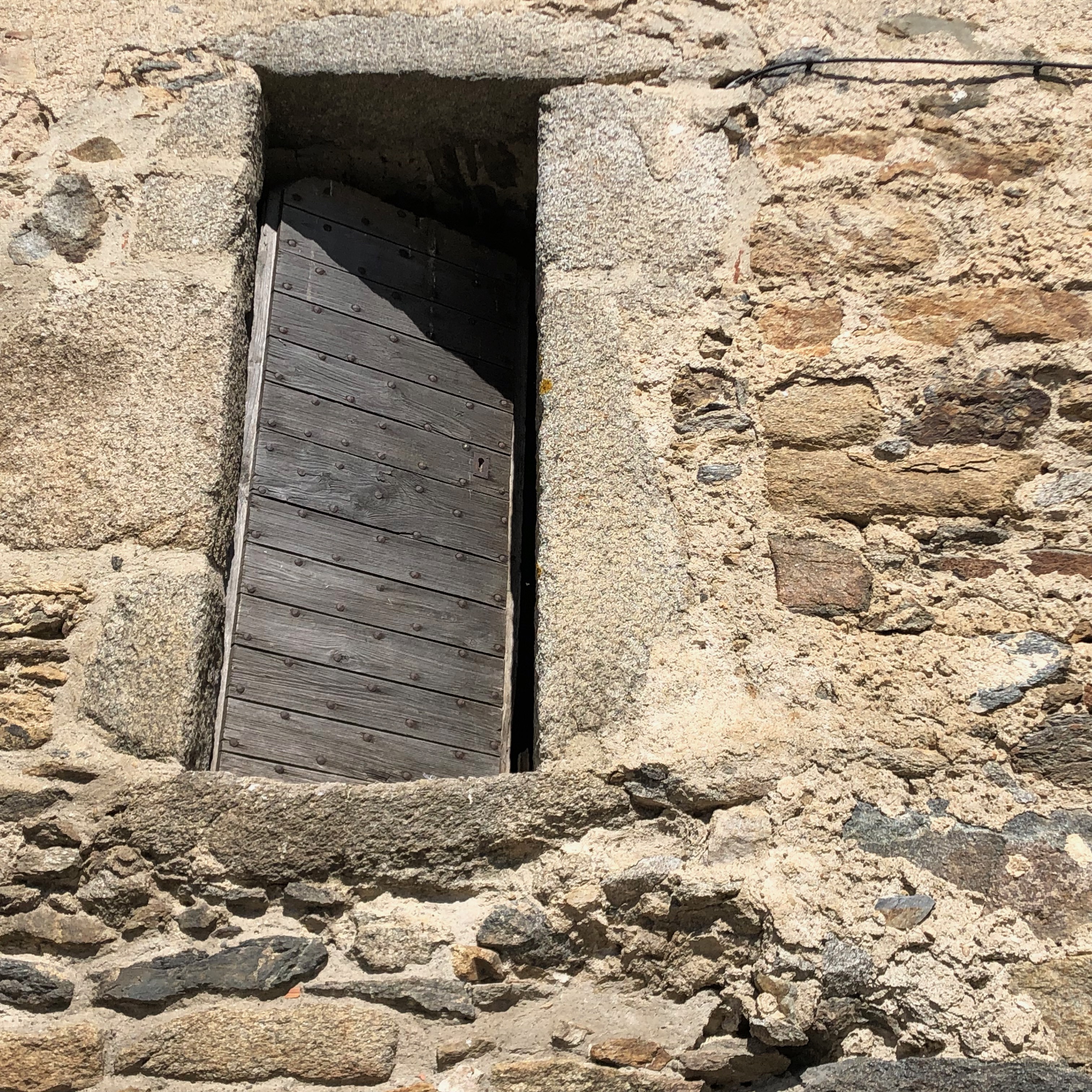
Another view of Le Château de Saissac – you may imagine what great outlook you have on top of the site.
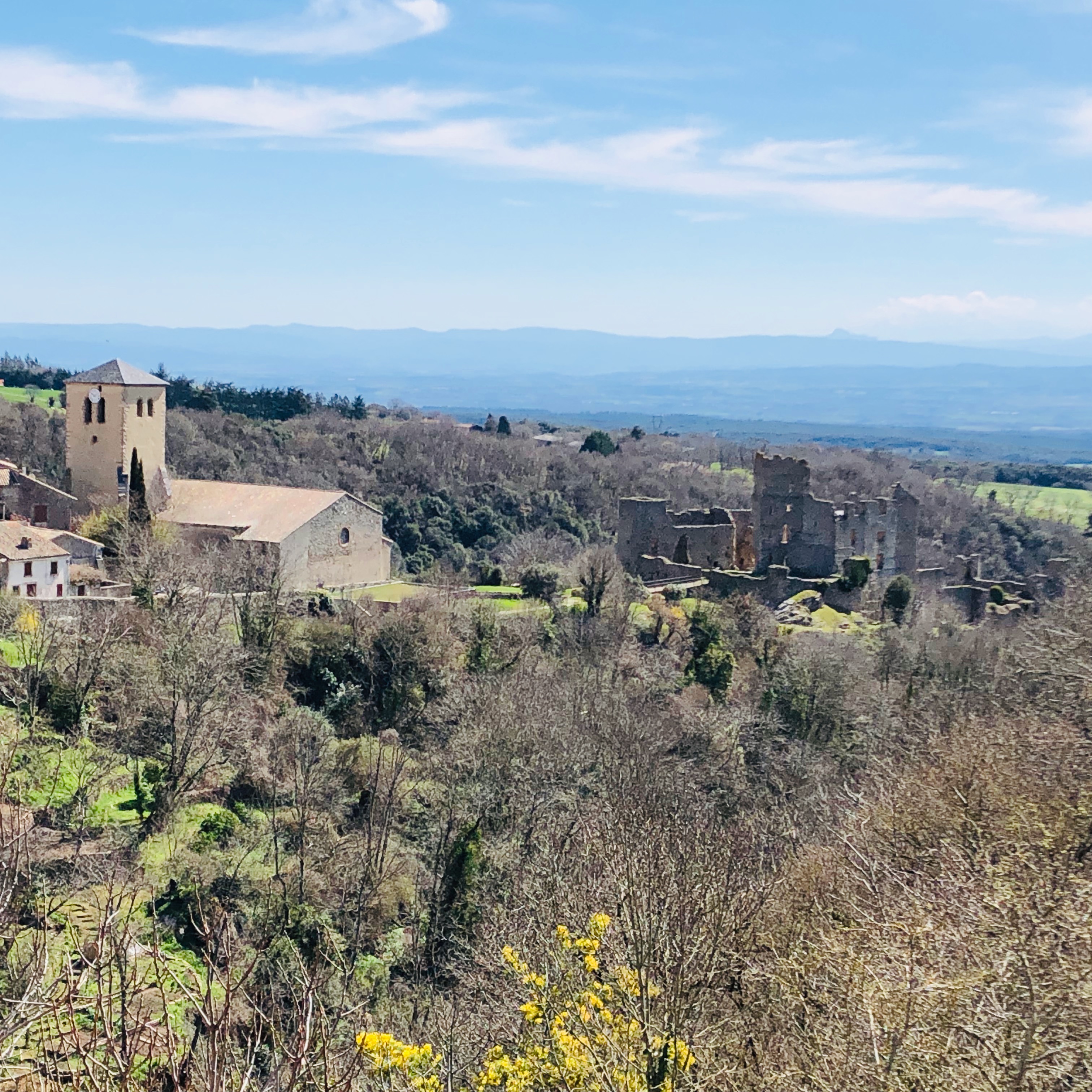
… & there are also the Pyrenees … far away … still snow-covered …
